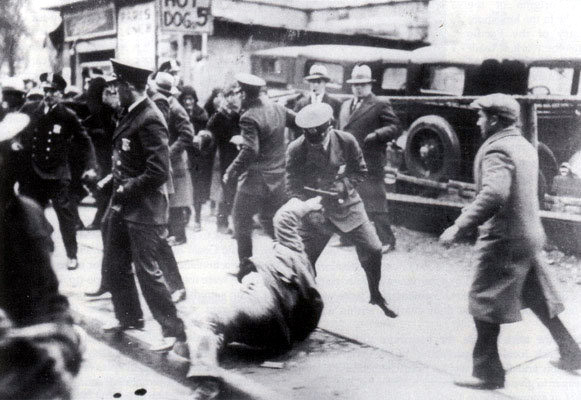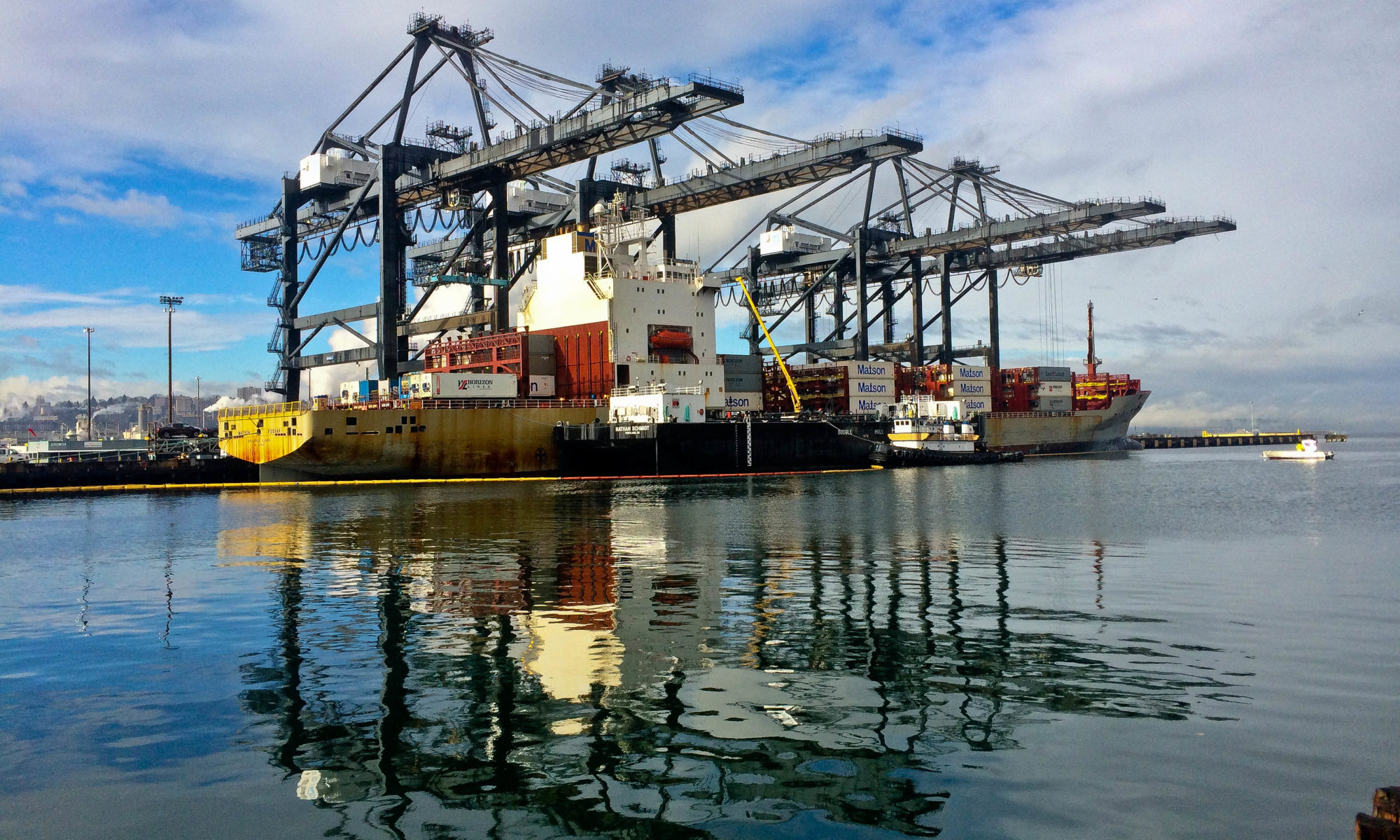
In a day and age when organized labor seems largely irrelevant to many, this is an appropriate time to stop and reflect on the gains made by unions in the past 100 years.
Although no one seems to remember now, some of the most basic protections we presently enjoy – like Social Security and Unemployment Insurance – came to workers courtesy of the push from organized labor. This package also includes the 40-hour workweek, the minimum wage, overtime, the child labor laws and much more, including some very basic things like the right to join a union and the right to strike. Most of this was enacted as parts of President Roosevelt’s New Deal legislation.
But none of these rights and protections were just handed to the workers, even if they were part of Roosevelt’s New Deal. People died to obtain these protections.
The years leading up to the New Deal – particularly the 20’s and 30’s – were a bloody, bitter time for workers. Strikes – where people died for their union beliefs – were commonplace.
Back in those days, the typical scenario was that the workers would go on strike or get locked out, and then the employers would hire scabs, and detectives (like the Pinkerton’s or the notorious Baldwin-Felts Agencies) to “protect” the scabs. Then the war was on.
The strikers were most often cast as “Commies” or communist-dominated in propaganda put out by the employers – the “Red Menace” was a very common theme. The Chamber of Commerce and other civic organizations usually backed the employers. Often, local citizen groups, augmented (or supplanted) by the hired detectives and backed by the local governments formed “posses” and took on the strikers in open warfare – all in the name of “civic virtue” (cleaning out the Red’s). Occasionally the National Guard even got into the act.
Good examples of this sort of open labor warfare include The Ludlow Massacre (1914), The Battle of Matewan (part of the West Virginia Coal Wars – 1920), the Battle of Blair Mountain (1921), The Herrin Massacre (1922), The Columbine Mine Massacre (1927), The Auto-Lite Strike of 1934, The Minneapolis Teamsters Strike (1934) and the 1934 West Coat Maritime Strike (which evolved into the West Coast General Strike of 1934).
Hundreds and hundreds of workers died in those years, fighting for even the most basic of protections.
